A late-ripening variety of carrots called “Queen of the Autumn” is considered one of the most popular among middle-level vegetable growers. Even inexperienced summer residents will easily grow such a crop on their garden, because it is characterized by resistance to disease, as well as excellent productivity. Therefore, it will be useful for each farmer to get acquainted with the properties of Queen of Autumn carrots.
Content
Description and properties
Carrots of the Autumn Queen variety belong to late-ripening crops - harvesting from the garden occurs in mid-autumn. The plant is characterized by a spreading leaf rosette, medium-sized leaves. The fruits have the correct shape and reach 30 centimeters in length. Each vegetable can weigh from 160 to 200 grams. The pulp of carrots has a traditional orange hue, and also has properties such as juiciness, density and sweetness.
The variety contains a large percentage of carotene, a long growing season (it can be 117-130 days) allows you to successfully store the vegetable in the winter. At the same time, the root crop does not lose its varietal properties until the spring season. The culture is an autumn variety with late fruiting. Farmers say that carrots bring a good harvest even when sowing seeds at the beginning of the summer season. But residents of the northern regions recommend abandoning the planting in the summer, arguing this is a high probability of damage to root crops by the first serious frosts.
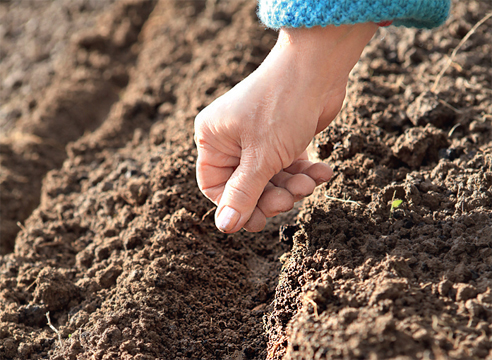 You may be interested in:
You may be interested in:However, this is an erroneous assumption. Representatives of this variety are free to cope with lowering temperature indicators to minus four degrees Celsius.
Like many other late-ripening varieties, the Autumn Queen is extremely fruitful. With beds with sizes of 1x1, you can get up to 3.5-9 kilograms of orange and conical root crops. Their size is 20-30 centimeters, and weight - up to 250 grams. An impressive sugar content is present in the carrot pulp. Besides It has such distinctive properties:
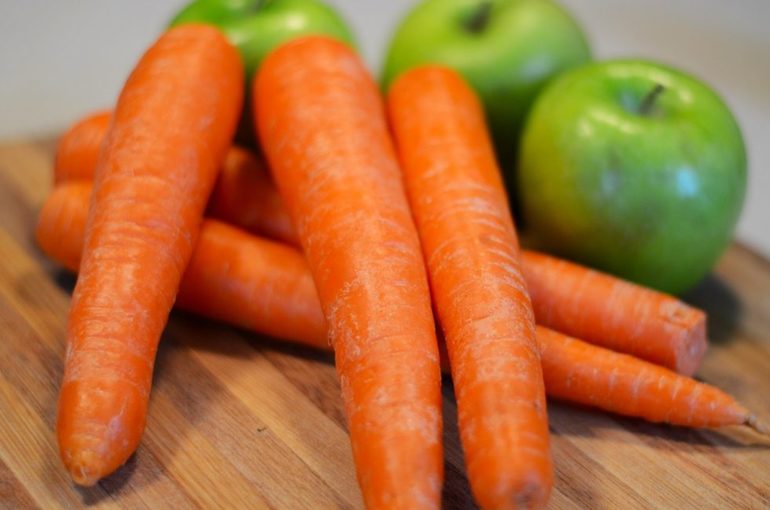
- Juiciness.
- Saturation.
- Rich taste.
Even with prolonged exposure to ultraviolet light, this variety is not subjected to flowering. And also an important advantage of the Queen of Autumn is the resistance of root crops to cracking.
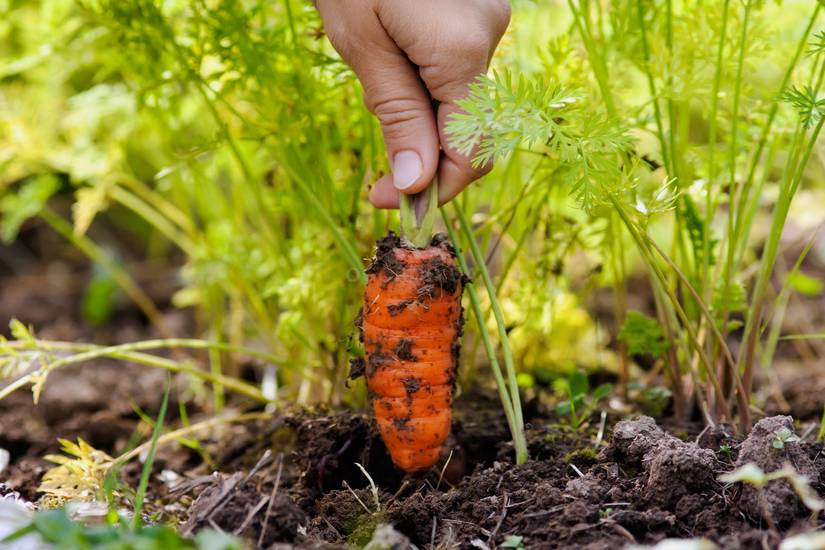 You may be interested in:
You may be interested in:Grade Advantages
One of the most famous root vegetables is the Queen of Autumn carrots. The characteristics of this culture consist of many advantages. Among them:
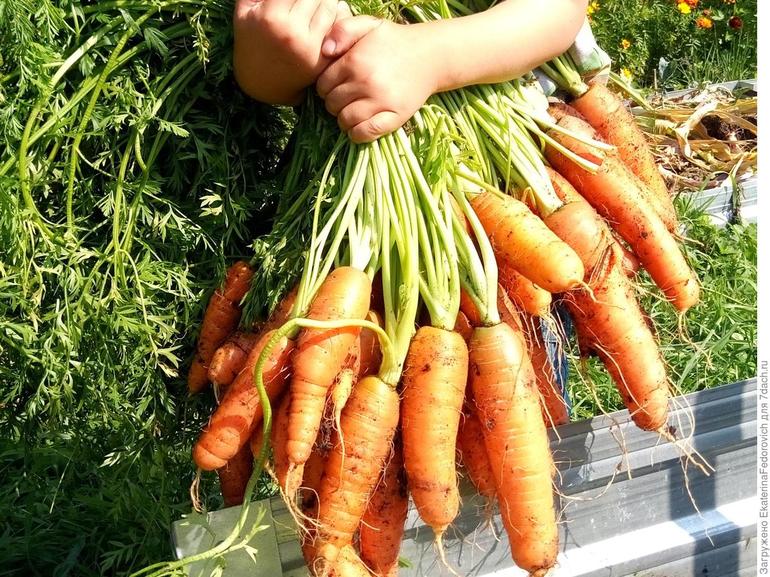
- High yield. With proper care and in suitable containment conditions, fruiting rates reach 9 kg / m2.
- Effective germination and friendly ripening.
- Attractive appearance and excellent taste.
- Resistance to phenomena such as cracking with balanced watering.
- Excellent immune system to all kinds of diseases. Among them are fungal and infectious pathologies.
- Long-term storage without loss of varietal properties.
- Universal purpose. The root crop can be served fresh, used for making juices, mashed potatoes, as well as winter preparations.
But in addition to the advantages, the variety also has weaknesses. These include:
- Different size root crops.
- Certain difficulties in removing long vegetables from a dense substrate.
- Lack of intense color saturation.
The subtleties of growing
For the successful cultivation of this vegetable, it is necessary to take into account the rules of planting and further care. First of all, you need to find a promising site and time for landing. It should be smooth, with good lighting. Any penumbra or lowland and flooded places are not suitable for growing crops.
The best option should consist of a light substrate with good water permeability, but also high fertility. On heavy clay soil, carrots grow very poorly. The land for cultivation is pre-excavated, and then carefully processed using a rake. At this stage, you need to grind as much as possible any earthen lumps, which will allow the “Queen of Autumn” to grow even and beautiful. If there are large lumps or stones on the bed, the root crop will begin to deform or take on ugly outlines.
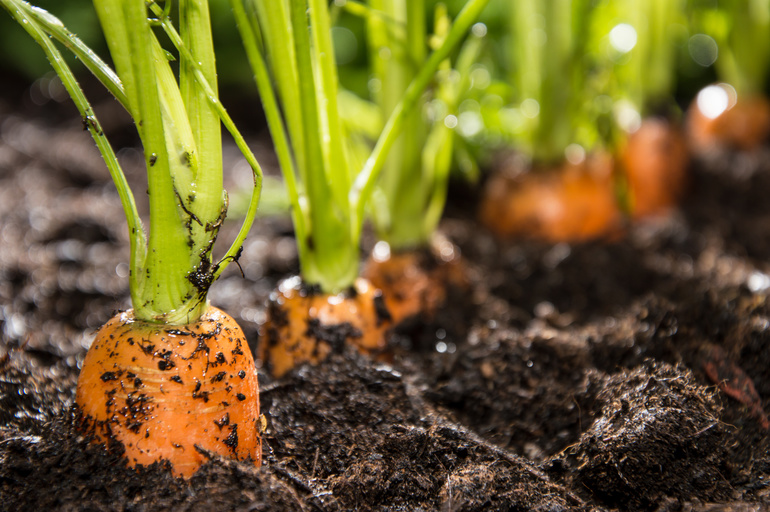
"Autumn Queen" is characterized by a long period of formation of seedlings, as well as their further maturation. Therefore, the grower must correctly calculate the planting dates, guided by the expected time of harvest. If you plan to get fresh fruits at the end of September, it is better to sow the seeds at the end of May. In southern areas, the variety is sown in June. In this case, it will be possible to get an excellent crop by mid-autumn.
Sowing seeds
Carrot seeds are characterized by small size and dark color, which slightly complicates the process of sowing. Sometimes it is difficult for the farmer to evenly distribute the seed throughout the groove. Carrots are characterized by long germination: seeds may not hatch for a long time. To speed up this process and stimulate germination, experienced gardeners use a variety of methods.
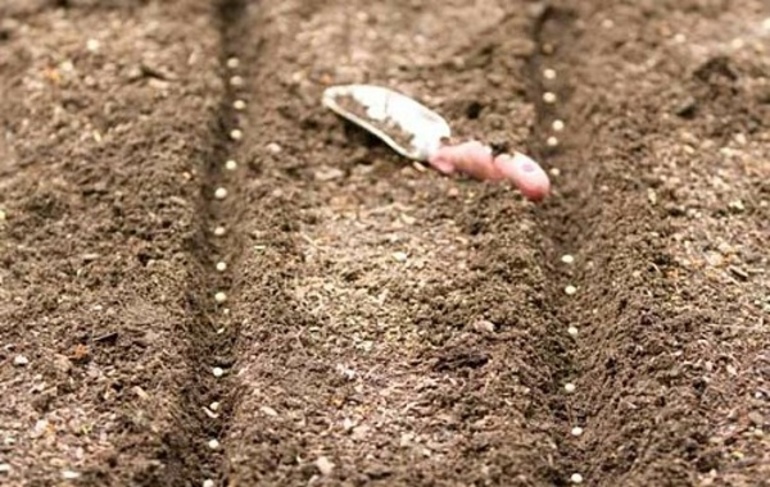
First of all, they soak the seeds before they are placed in the ground, keeping them in warm water. Then the finished raw material is wrapped in a damp cloth and left overnight for swelling. At the end of this procedure, the seeds will become twice as large. Carrying out such manipulations, it is impossible to allow soaked seed to hatch. Otherwise, it will be damaged.
The finished seed material can be thoroughly dried, and then sown in the ground. This is done in the following ways:
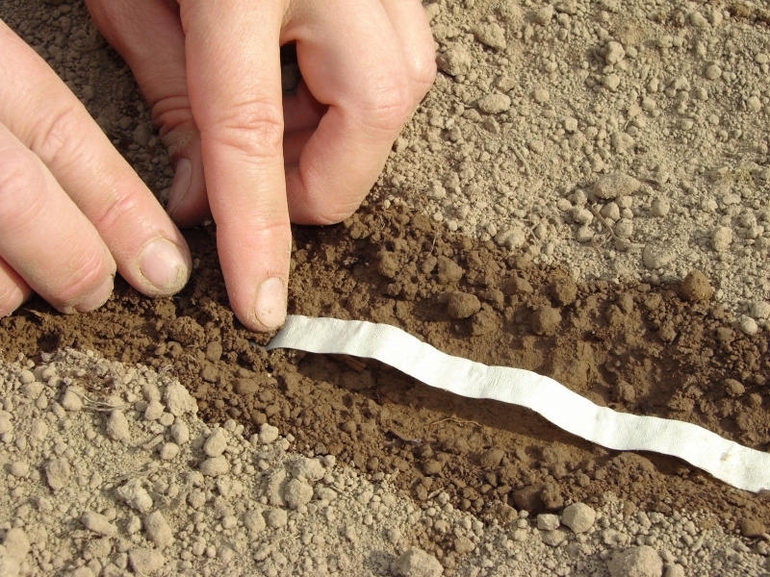
- Sowing with sand. Dried seeds are mixed with sandy soil in a ratio of 1 to 1 or 1 to 2. The use of light types of sand will allow you to conveniently monitor crops, evenly distributing them.
- Sowing with paste. This option involves brewing a tablespoon of starch and 1.5 tbsp. l flour in a liter of hot water. To this quantity of paste, one or two tablespoons of seeds are added, after which the mixture is poured into a watering can or bottle with a narrow neck, and then introduced into a promising area.
- Sowing on paper tapes. This method eliminates the need for pre-soaking seeds. It is enough to cut long strips of toilet paper or newspapers, and then brew a thick paste, consisting of two tablespoons of starch and half a liter of water. Seeds stick to paper at a distance of two to three centimeters. Then the tape is dried and rolled up.Such work is best done in the winter, when there is plenty of free time. With the advent of spring, it remains to deploy ribbons on the beds, and then sprinkle them with soil.
Proper care
After successful sowing of seeds, you need to provide the crop with proper care and care. First of all, beds with crops need to be carefully watered. With prolonged drought, it is recommended to equip automatic sprayers that will restore soil moisture and prevent seedlings from drying out. From the moment of sowing the seeds and until the appearance of the first true leaves, the substrate should be sufficiently moist. In the future, the frequency of irrigation can be reduced to 1 time in 7 days. A month before harvesting, watering activities become more rare and less plentiful.
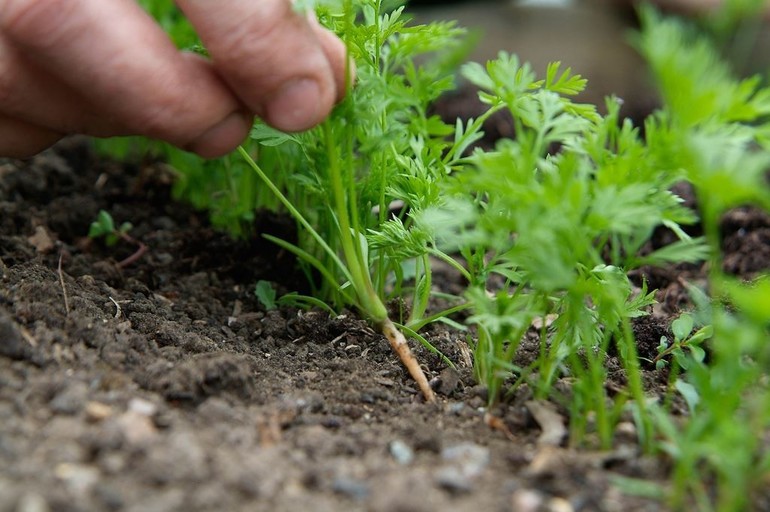
During the entire growth period, the variety needs to be fertilized with mineral compounds. Such procedures are carried out two to four times. The first two procedures are carried out a few days after thinning, and used as fertilizer Nitroammofoska. Dry top dressing scatters in the garden and watered abundantly. The remaining dressings should be based on potassium formulations. This is necessary for the full formation of strong and healthy root crops. 30 days before harvesting, fertilizing should be stopped.
It is important to note that this variety does not respond well to the use of fresh manure as a fertilizer. Such top dressing makes the crop ugly and unsuitable for eating. Fertilized manure root crops are more likely to be attacked by carrot flies and other pests.
Pest control and harvesting
An important step in the proper care of the culture is the fight against diseases and pests. And although the variety is considered resistant to such manifestations, sometimes it is affected by parasites in the form of a carrot fly. The activity of the insect is accompanied by the appearance of red-violet spots at the rhizome. As preventive measures, careful loosening of the beds is used to prevent shading and stagnation of water. Emerging pests are removed by spraying with insecticides.
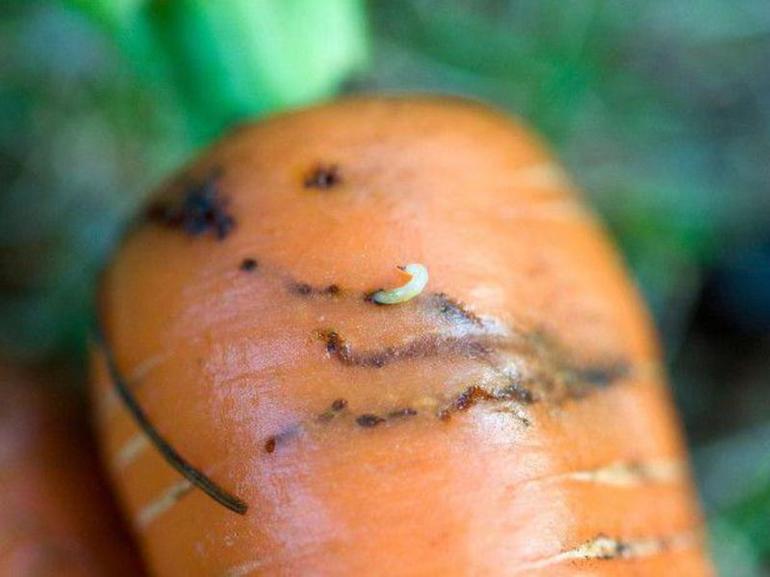
If the summer season was excessively rainy, putrid formations may appear on carrots. In this case, prevention will imply the establishment of crop rotation (carrots are planted on the same bed no earlier than 2 years later). A good preventive measure is the arrangement of high beds, which will not allow moisture to stagnate for a long time in one place.
In most cases, the "Queen" is grown for long-term storage fresh in the winter. To preserve the harvest was long, you need to consider some rules. It is necessary to begin harvesting root crops no earlier than 4 months after sowing. The carrots should fully ripen. Vegetable growers claim that the later the fruits are removed from the ground, the longer they will last.
It is necessary to start harvesting in dry weather when there is no precipitation or cold. At this stage, the root crops are cleaned of adhering earth and amenable to drying. Only healthy specimens not affected by rot or disease should be stored. The most favorable environment for storage is the temperature regime in the range of 0−2 degrees Celsius.
Reviews of summer residents
Reviews of carrots "Autumn Queen" rarely include negative ones. Gardeners note only the strengths of such a culture, guided by personal experience and the recommendations of colleagues.
With the Queen of Autumn, my acquaintance with organic farming began. I must say that this variety deserves only praise. Root crops are very large, orange-red and tasty. A special pleasant moment is the long storage of root crops. They can lie in the cellar until the very summer.
Every year I cultivate the "Autumn Queen" in the summer cottage. I love this variety because of the late ripening, because it allows you to enjoy juicy fruits even at a time when summer root vegetables have already lost their taste.
I learned about this variety from a friend. I must say right away that I always looked for long and sweet fruits, but I always sacrificed either taste or size of the crop. In this culture, properties such as juiciness, unpretentiousness, and high productivity are ideally combined. I recommend to all beginner gardeners.
Carrot Queen of the Autumn is one of the most promising varieties for home cultivation. If you weigh a few moments and be patient, you can grow a truly healthy and prolific culture that will delight all households with delicious root crops throughout the winter season.

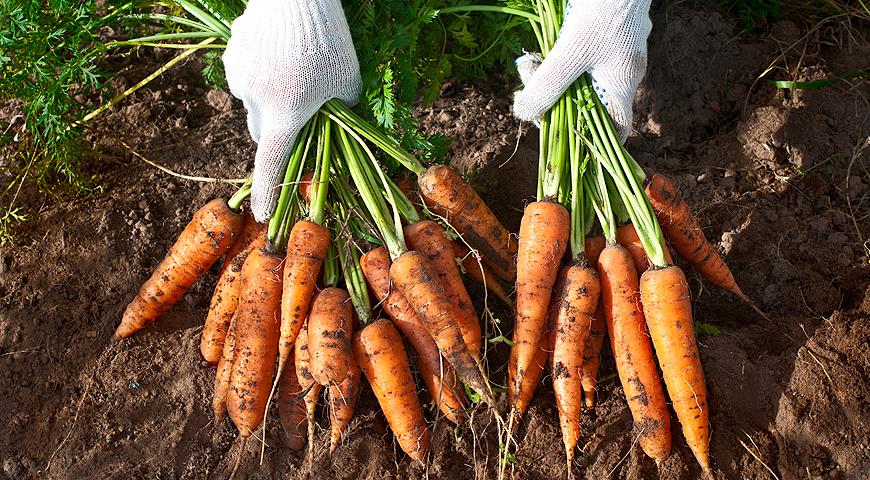
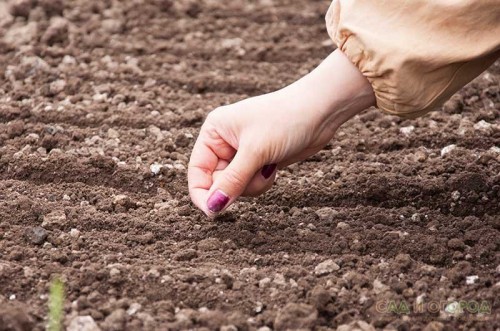
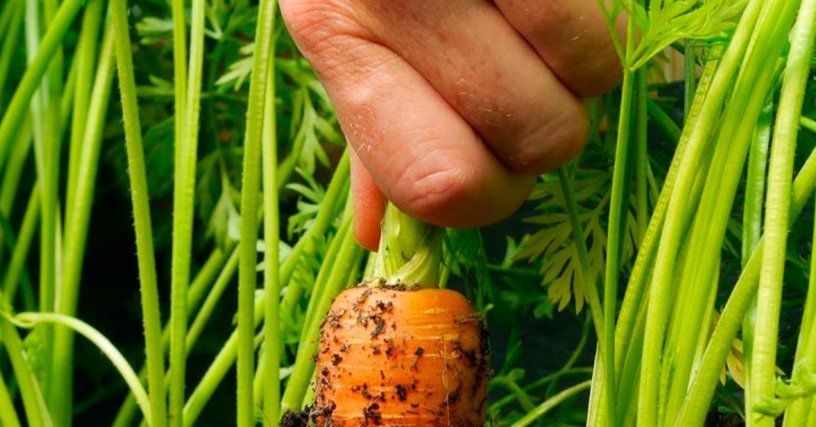
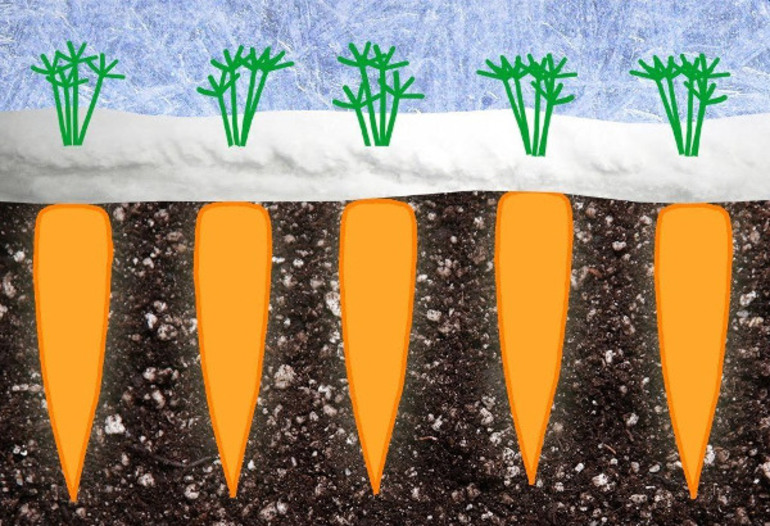
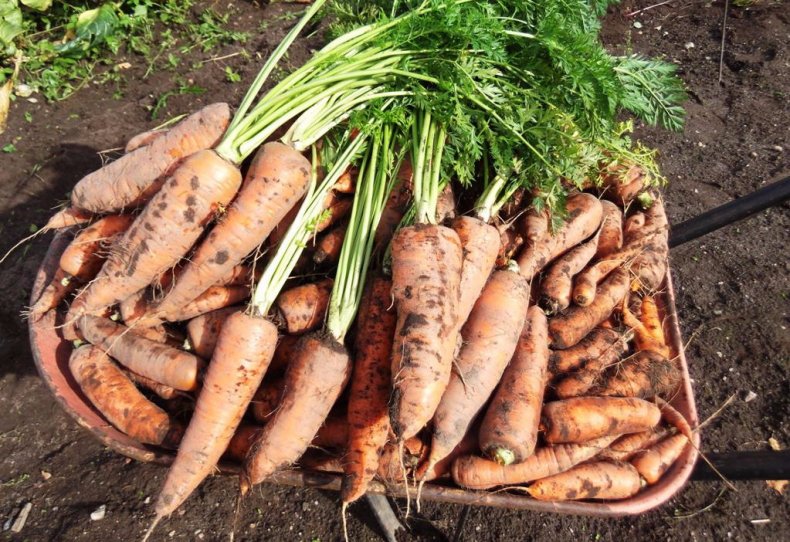 Characteristics of the Queen of Autumn carrot variety
Characteristics of the Queen of Autumn carrot variety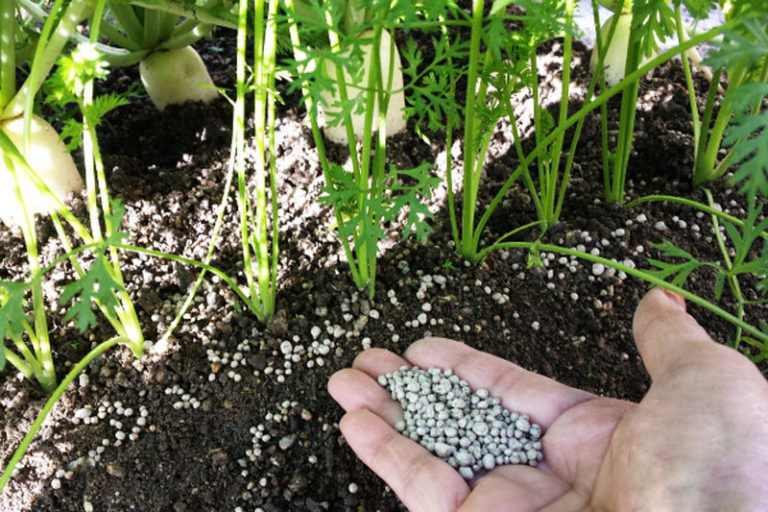 Super top dressing for carrots in August to grow rapidly
Super top dressing for carrots in August to grow rapidly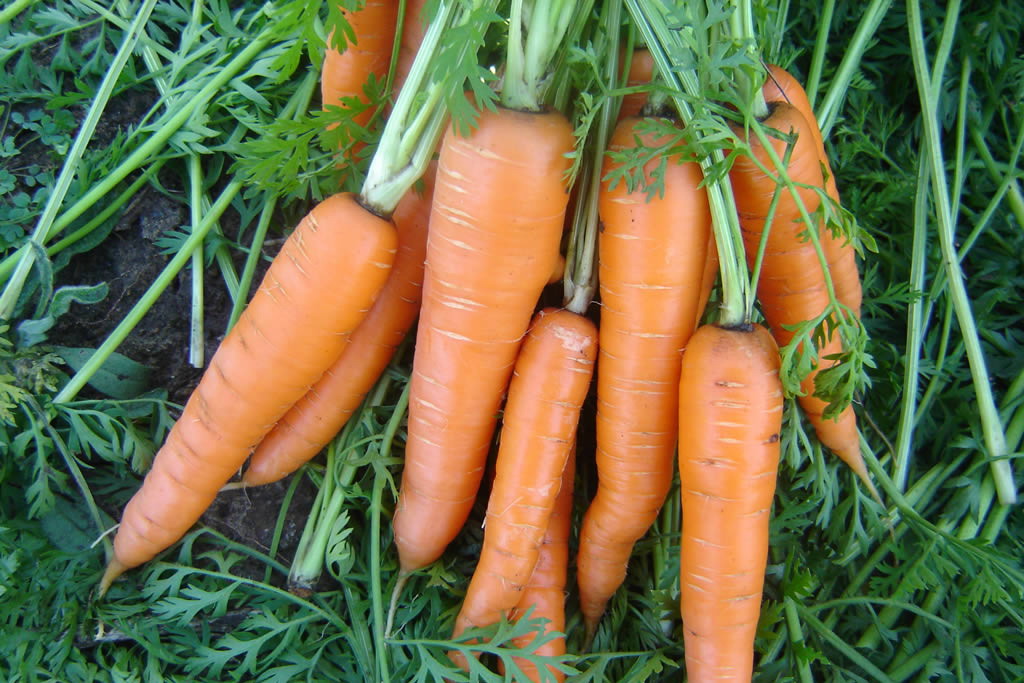 What to plant after carrots next year
What to plant after carrots next year